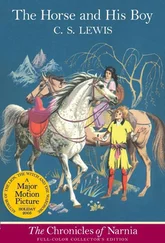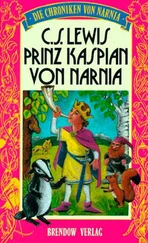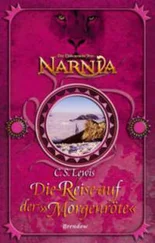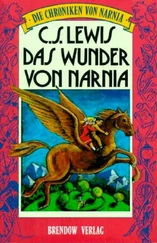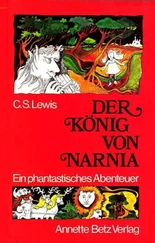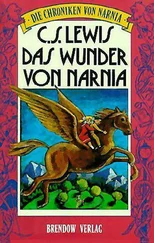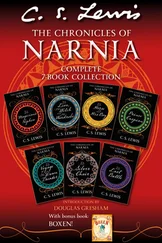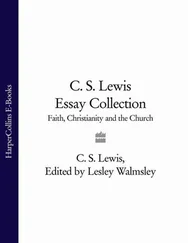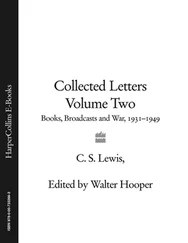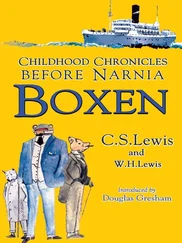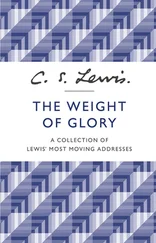111Henry Fitzgerald Heard (1889-1971), science writer and philosopher, was educated at Gonville and Caius College, Cambridge, after which he lectured for Oxford University’s extra-mural studies programme, 1926-9. He took a strong interest in developments in the sciences and his The Ascent of Humanity (1929) marked his first foray into public acclaim. He served as a science and current affairs commentator for the BBC, 1930-4. In 1937 he moved to the United States, accompanied by Aldous Huxley, to accept the chair of Historical Anthropology at Duke University. His most famous book, The Five Ages of Man , was published in 1963. He died on 14 August 1971.
112Aldous Leonard Huxley (1894-1963), English novelist, won a scholarship to Balliol College, Oxford where in 1916 he took a First in English. His first novel, Crome Yellow (1921), was followed by others satirizing contemporary society through characters who flout convention. While in Italy he wrote Brave New World (1932). His move to California in 1937 coincided with a move away from his ‘philosophy of meaninglessness’ to something more transcendental and mystical. The books that followed, such as Brave New World Revisited (1958), spelt out the temptations presented by life in the modern world with its materialist values and dangerous technological advances. Huxley died on the same day as John F. Kennedy and Lewis–22 November 1963.
113This was probably Fr John Philip Gleeson, who took a B. Litt. from Campion Hall in 1951.
114Gertrude Elizabeth Margaret Anscombe (1919-2001), philosopher, was born on 18 March 1919 at Glanmire, North Strand, Limerick. Her conversion to Catholicism as a teenager led to a lifelong interest in philosophy. She was educated at St Hugh’s College, Oxford, where she took a First in Greats in 1941. The following year she moved to Cambridge where, as a research student, she became the pupil of Ludwig Wittgenstein. In 1936 she returned to Oxford as a Research Fellow at Somerville College. She was a Fellow of Somerville, 1964-70, and Professor of Philosophy, Cambridge University, 1970-86. She died on 5 January 2001. On her debate with Lewis about Miracles: A Preliminary Study (London: Bles, 1947) see her biography in CG .
115Colin Hardie, one of the Inklings, was Classical Tutor at Magdalen College, Oxford. See Colin and Christian Hardiein the Biographical Appendix.
116New Testament.
117The Rev. Dr Austin Farrer was Chaplain and Tutor of Trinity College, Oxford. See Austin and Katherine Farrer in the Biographical Appendix.
118Basil Mitchell (1917–), philosopher, was educated at the Queen’s College, Oxford, where he took a BA in 1939. He was Fellow and Tutor in Philosophy at Keble College, Oxford, 1947-67, and Nolloth Professor of Philosophy of the Christian Religion, Oxford University, 1968-84. An active member of the Socratic Club, he followed Lewis as its president in 1955.
119Alfred Jules Ayer (1910-89), Wykeham Professor of Logic at Oxford, 1959-78, was a proponent of logical positivism, and the author of Language, Truth and Logic (1936).
120On 2 February 1948 Elizabeth Anscombe gave a paper to the Socratic Club on Lewis’s Miracles entitled ‘A Reply to Mr C. S. Lewis’s Argument that “Naturalism” is Self-Refuting’. It was published in the Socratic Digest , no. 4 (1948) and is reprinted in her Collected Philosophical Papers , Vol. II, Metaphysics and the Philosophy of Mind (1981). Anscombe’s argument concerned the nature of causation, one of its crucial points being that Lewis should have distinguished in chapter 3 of Miracles between ‘irrational causes’ and ‘non-rational causes’. Lewis accepted that he might have made his argument clearer and this he attempted to do by revising chapter 3 for the Fontana paperback of Miracles . See the letters to Jocelyn Gibb of 11 July and 8 August 1959.
121Professor Dorothy Emmet (1904-2000), philosopher, Professor of Philosophy at the University of Manchester, 1946-66.
122lili had become engaged to the writer Clement Freud, and their engagement was announced in The Timer . ‘Clement Raphael third son of Ernst and Lucie Freud of St Johns Wood London to June Beatrice second daughter of H. W. Flewett M.A. and Mrs Flewett of Gipsy Lane London SW15.’
123This note was added later in Lewis’s hand, lili sent him a copy of the Wilton Diptych, the full title of which is Richard II Presented to the Virgin and Child by his Patron Saint John the Baptist and Saints Edward and Edmund . The diptych was painted between 1395 and 1399, and is in the National Gallery, London. It is called the Wilton Diptych because it came from Wilton House in Wiltshire, the seat of the Earls of Pembroke. Lewis treasured this gift all his life, and had it with him in Magdalene College, Cambridge, during his years there.
124Arthur’s cocker spaniel.
125Mrs D. Jessup was writing from 66 Milton Road, Rye, New York.
126A house-maid.
127Virgil (70-19 BC), Aeneid . Lewis probably read the Aeneid more often than he did any other book.
128Green and Hooper, C. S. Lewis: A Biography , ch. 11, p. 310.
129Griffiths was planning to visit Oxford.
130Mathews wrote to Lewis on 24 June 1950: ‘I’m in the midst of ARTHURIAN TORSO at the moment, but am having trouble with the pronunciation. How does one pronounce TALIESSIN and BROCELIANDE? Did you ever complete the idea for a children’s story you wrote me about?’ (Bodleian Library, MS. Facs. c. 47, fol. 191), Lewis, presumably, meant the second, not third, syllable of Brocelliande.
While Lewis was referring to the imminent publication of The Lion, The Witch and the Wardrobe , Mathews was probably remembering a comment in his letter of 17 September 1949: ‘A good idea for a (children’s) story…arrived this morning’ (CL II, p. 980), this being the second Narnian story, Prince Caspian .
131‘Pray for us’.
132Mark 4:5-6: ‘There went out a sower to sow. And it came to pass, as he sowed, some fell by the wayside, and the fowls of the air came and devoured it up. And some fell on stony ground, where it had not much earth; and immediately it sprang up, because it had no depth of earth. But when the sun was up, it was scorched; and because it had no root, it withered away’
133When in 1935 Oxford University Press conceived the idea of the mammoth Oxford History of English Literature (OHEL), Lewis was asked to contribute a volume covering the sixteenth century. He had been working on what was to be English Literature in the Sixteenth Century, Excluding Drama (1954) since 1936 and he was spending every available minute in the Bodleian Library trying to complete it. He called it his ‘O Hell!’ volume.
134Acts 2:1-9: ‘And when the day of Pentecost was fully come, they were all with one accord in one place. And suddenly there came a sound from heaven as of a rushing mighty wind, and it filled all the house where they were sitting…They were all filled with the Holy Ghost, and began to speak with other tongues, as the Spirit gave them utterance. And there were dwelling at Jerusalem Jews, devout men, out of every nation under heaven. Now when this was noised abroad, the multitude came together, and were confounded, because that every man heard them speak in his own language…Parthians, and Medes, and Elamites, and the dwellers in Mesopotamia, and in Judea, and Cappadocia, in Pontus, and Asia.’
135Ralph E. Hone was writing from 39 Leicester Square, London.
136See Chad Walshin the Biographical Appendix to CL II, pp. 1078-81.
137Daphne Harwood died on 14 July 1950.
138Lewis was John Harwood’s tutor at Magdalen College, and John had just taken a fourth-class degree in Schools.
Читать дальше

